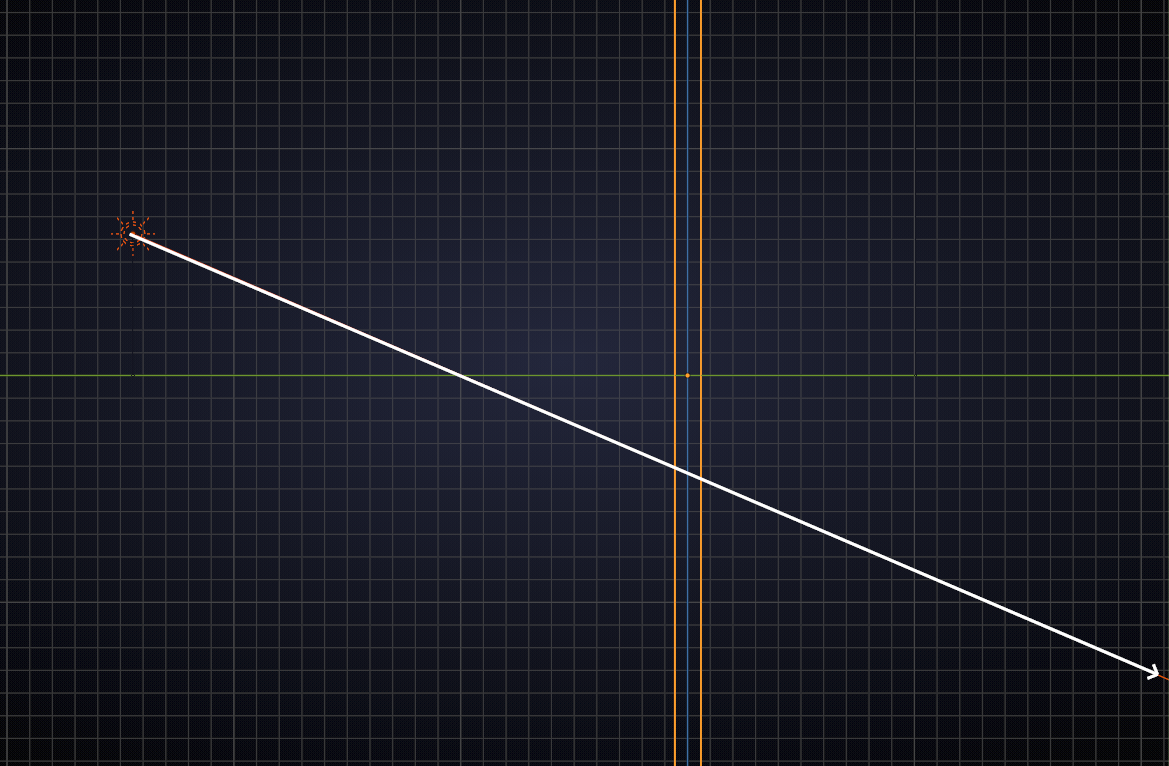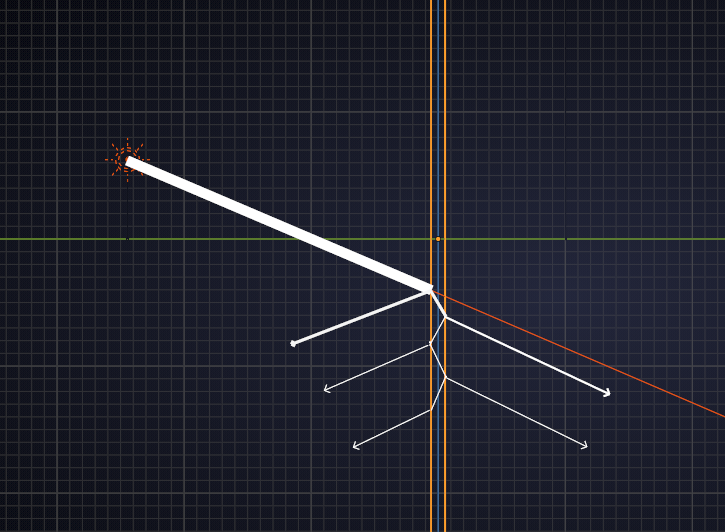I am an artist and I am building in real life multiple layers of fused glass (stained glass). My art is highly dependeant on the viewers perspective and the light behind the piece. 3D modeling (Blender) is a perfect way to prototype.
I am interested in simulating glass pieces that will mix the colors as the light passes though. i.e. as light pases though both a red piece of glass and a yellow piece of glass it will appear orange.
I have taken the first two basic blender courses here (The Basic Tutorial and Low Poly Rocket). I would like advice on which courses I should take next.
Thank you for any suggestions or feedback.
Hi dustyvermont, this is not how light works!
When you have a red piece of glass, then that piece of glass will let only red light pass through. When you have a blue piece of glass, that will only let blue light pass through. When you let light pass though both of them, for instance first the red and then the blue glass, then after the first glass, the light will be red, which has no blue component, so after the blue glass there will be no light left!
The colored glass works as a filter!
When you put multiple layers of glass (colored or not) behind each other, the amount of light that passes through those layers will never be more than the light from the light source! (This is multiplicative)
On the other hand, when you shine two flashlights (colored or not) at the same spot, the light will be brighter than each single light source! (This is additive.)
This is why you never see multiple layers of stained glass in real life.
You might want to re-consider what you want to do.
Spikeyxxx, thank you for the reply.
Any suggestion on which tutorial I should try next, to build my experience working with glass-like models/prototypes in blender?
Dusty
Well Dusty, I do not have any good news for you, unfortunately. Glass is difficult (one of the most difficult things in computer graphics!), light itself is difficult. CG is an approximation of something difficult, which in itself is difficult.
If you are talking about 'flat' glass, like window panes or stained glass windows, thing are just complicated, but still manageable.
You might, naively, think. 'glass is see-through, light passes through it.' Something like this:

But things are more complex, because part of the light gets reflected from the surface and the rest of the light gets bend and then at the other end of the glass the same thing happens: part of the light gets reflected and the rest gets bend (in the opposite direction this time), something like this:

But things are more complicated than this, because light of different wavelengths (read: colors) bend at different angles...
And the thickness of the glass influences how much of the light gets reflected from the surface! (If this doesn't blow your mind you didn't understand it..) And that amount is also different for different colors! (Think of an oil film on water..)
Now think of what happens when you've got a glass monkey............
If you want to do shapes, made out of glass, you should look into LuxCore (It's free and open source and you can use that in Blender with an addon), which handles glass and caustics a lot better than Cycles.
Not actually tutorials, but I recommend watching:
https://www.youtube.com/watch?v=Sv2wqwsvx-8&list=PLa1F2ddGya_8Wzpajwu1EtiS8E1Exm82S&index=51&t=0s